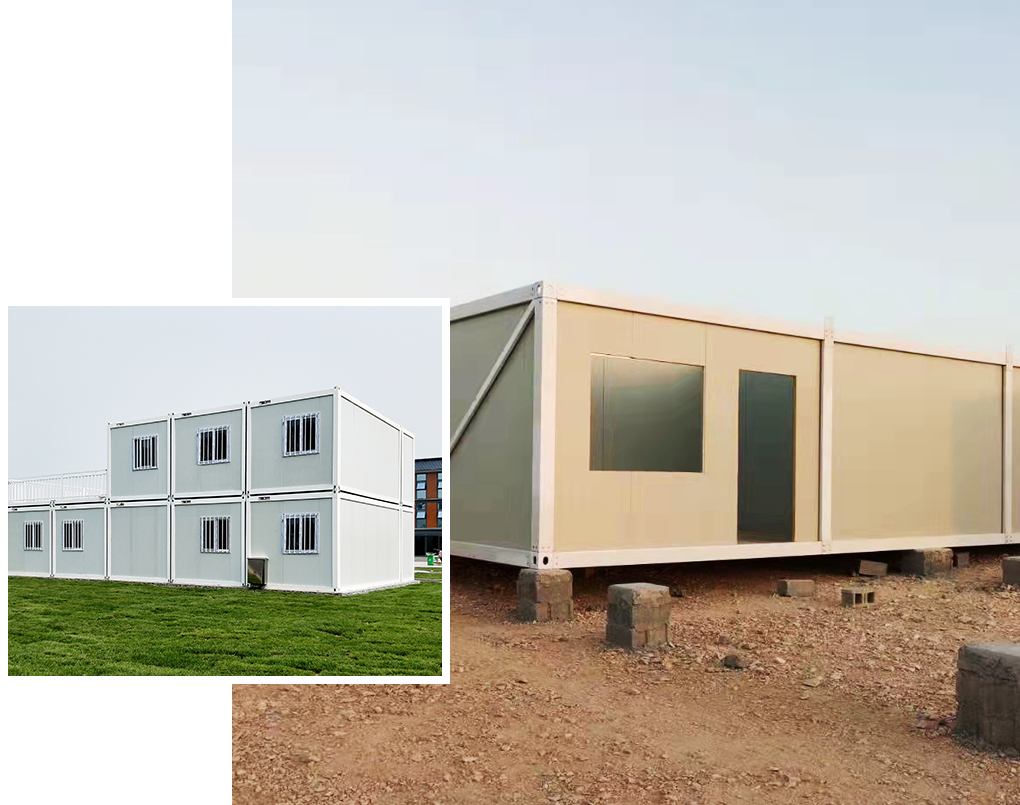Design and Application of Prefabricated Agricultural Buildings
Prefabricated agricultural buildings have been widely applied in areas such as livestock and poultry houses, barns, and the storage of agricultural materials like grain and feed. Due to their structural advantages and flexibility, they have become an ideal choice for modern agriculture. The following explores the design features and practical applications of prefabricated agricultural buildings.
Prefabricated Agricultural Buildings: Standardized Structural Design
The main structure of prefabricated agricultural buildings typically uses square steel pipes and C-shaped steel purlins, providing excellent stability. The design follows standardized production, with components connected by bolts, ensuring accurate dimensions and interchangeability. Furthermore, mechanized processing improves production efficiency, reduces errors, and provides reliable support for the buildings.
Prefabricated Agricultural Buildings: Lightweight and Easy to Disassemble
The materials used in the prefab metal house are lightweight, making transportation and assembly easier. Modular designs allow for adjustments to the number of rooms and layouts based on specific needs, catering to various agricultural requirements. This flexible design significantly enhances the efficient use of space, particularly suited for seasonal or variable agricultural production needs.
Prefabricated Agricultural Buildings: Rapid Construction
One of the major advantages of prefabricated agricultural buildings is their short construction period, usually completed within a few weeks. With the use of standardized and modular components, the production and installation process is efficient and convenient. Compared to traditional buildings, prefabricated agricultural buildings reduce initial investment costs and offer high reuse value, helping agricultural enterprises save costs.
Prefabricated Agricultural Buildings: Long-Term Value
The lifespan of prefabricated agricultural buildings typically exceeds 15 years, and components can be repaired or replaced as needed, further extending their usage period. The durability of these buildings makes them a long-term investment, enhancing their overall value.
Prefabricated Agricultural Buildings: Resource Utilization
The materials used in prefabricated agricultural buildings are mostly recyclable, aligning with environmental protection principles. The construction process reduces resource waste and environmental pollution, meeting the demands of sustainable development. This building method helps reduce carbon emissions, contributing to green agriculture.
In conclusion, prefabricated agricultural buildings, with their efficiency, cost-effectiveness, and environmental benefits, have become a popular choice for modern agricultural architecture. They not only meet the spatial needs of agriculture but also provide long-term economic benefits and ensure sustainable development for enterprises.
 English
English  français
français  Deutsch
Deutsch  Español
Español  русский
русский  العربية
العربية  tiếng việt
tiếng việt  Indonesia
Indonesia  Latinae
Latinae 



